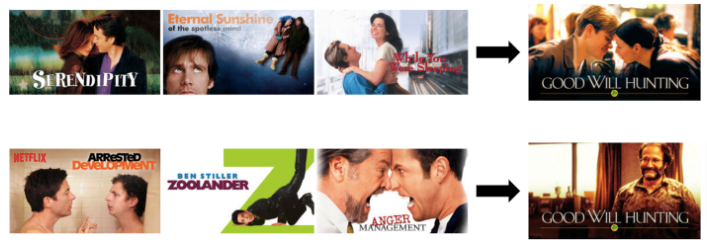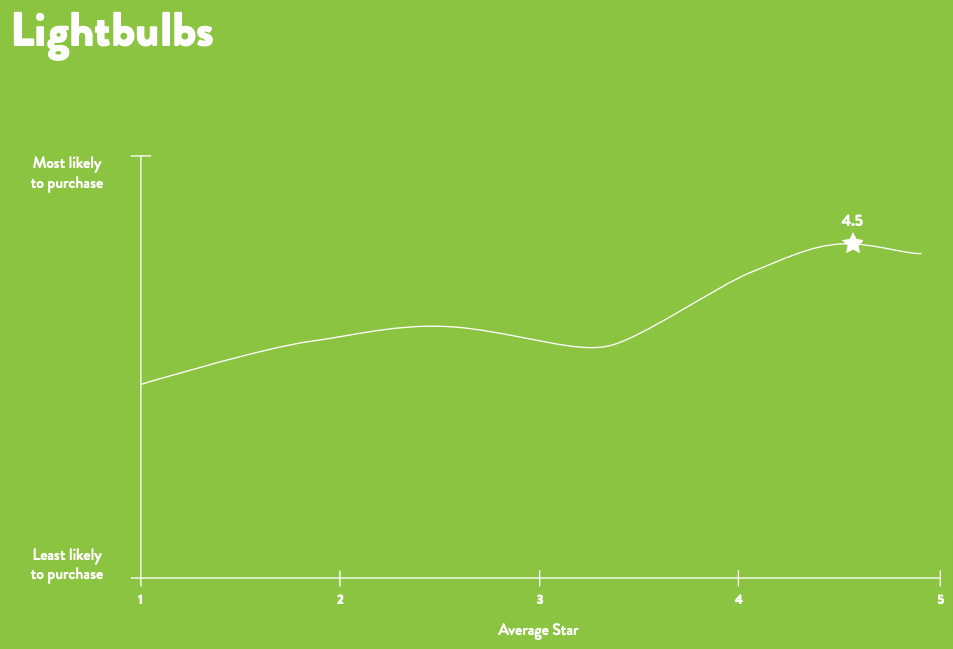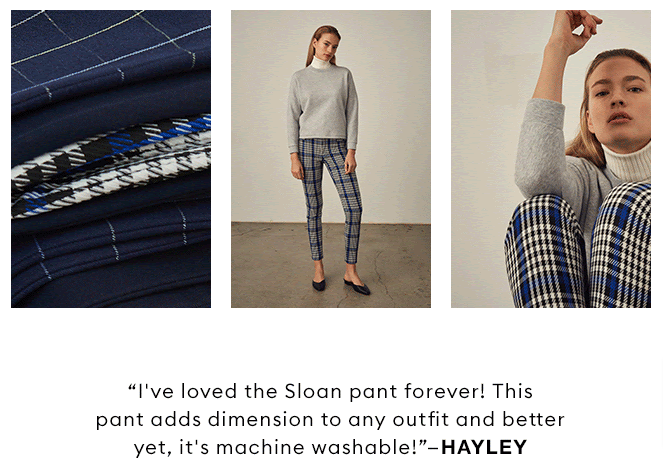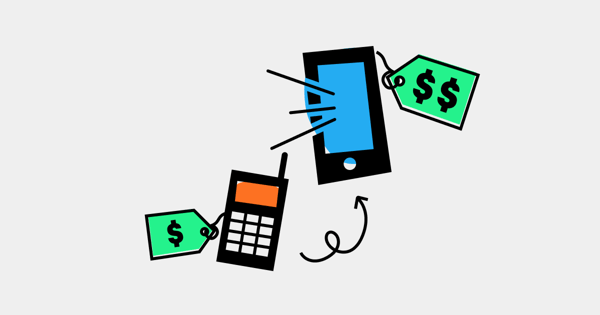Picture the scene: It’s been a long, busy day. So busy, in fact, that you didn’t have time to grab lunch.
Famished, you make a beeline for the nearest burger joint.
On autopilot, you order the standard burger, fries, and a drink.
But, knowing a hungry customer when they see one, the server says: “For $2 more, you can upgrade to our mega-ultra-deluxe burger—it’s got double the patties, double the cheese, and triple the pickles.”
Just like that, you’ve been upsold.
Upselling is about persuading customers to buy an upgraded version of the product they planned to purchase.
As such, it differs from cross-selling, which involves selling a related or complementary product alongside the item they intended to buy.
Or, to put it more simply:
- Upselling = one more expensive product
- Cross-selling = one or more additional products
Just like anything in the world of sales and marketing, there are no guarantees with upselling.
Indeed, research from PredictiveIntent found that in 95.75 percent of upselling attempts, the customer sticks with their original purchase.
So does that mean you shouldn’t even bother trying?
Not at all.
That 4.25 percent of successful upsell opportunities could each contribute an extra $10 – $20 to your bottom line (or maybe even more).
All that, just from offering customers a fancier, more expensive version of a product they already want?
Honestly, it’s a no-brainer.
Want to start pushing upsells as part of your email marketing strategy?
Get inspired by taking a look at these upsell email examples.

Upsell Email Examples 101
- Example #1: Tell Shoppers What They Want to Hear
- Example #2: Personalize Your Upsell Strategy
- Example #3: Keep It Positive
- Example #4: Use Free Shipping to Drive Upsells
- Example #5: Leverage the Power Of Customer Reviews
- Example #6: Incorporate Customer Testimonials In Upsell Emails
- Example #7: Make Smart Product Choices
Example #1: Tell Shoppers What They Want to Hear
When it comes to driving upsells, marketers have one massive psychological advantage: consumers often want to spend more.
According to research from the University of Texas at Arlington, many people associate high prices with high quality.
In other words, if you show them a more expensive, premium version of the product they were planning to buy, there’s a good chance they’ll jump at the chance because they intrinsically believe it’s better.
Use this knowledge to guide your email copywriting.
When you’re pitching an upsell, be sure to present the higher-priced product as an enhanced or better-quality alternative to the original.
Try pointing out:
- The materials it’s made from. Are they more durable? Ethically sourced? Sustainable?
- The product’s feature set. Does it do more stuff? Does it do that stuff better? Why would the customer be interested in that stuff?
- The extras it comes with. Does it come bundled with more accessories than the original product? Does it have a longer warranty?
Of course, figuring out the most impactful pitch will naturally vary depending on who your customers are and what they want from your products.
This brings me neatly to my next point…
Example #2: Personalize Your Upsell Strategy
If you work in ecommerce, I doubt I have to convince you of the benefits of personalization.
But if you’re not already a personalization convert, check out these stats:
- 61 percent of people expect brands to tailor experiences based on their preferences.
- 91 percent of consumers are more likely to shop with brands that recognize and remember them and provide them with relevant offers and recommendations.
- Emails with personalized message bodies have a 32.7 percent better response rate than those without personalized copy.
Personalization is always an effective strategy in ecommerce email marketing, and upsell emails are no different.
Where possible, base your upsell offer around a customer’s prior behavior.
To understand how this might work, let’s leave the ecommerce world behind for a second and see how Netflix provides content recommendations to its audience.
Say its algorithm predicts that two different customers would enjoy Good Will Hunting.
There’s a lot to like about that movie—it won the Oscar for Best Original Screenplay, after all.
So how does Netflix “pitch” it?
Well, it takes our historic behaviors into account.
If a subscriber has watched a ton of rom-coms in the past, Netflix might use a banner image picturing Matt Damon going in for a smooch with Minnie Driver.
Alternatively, a comedy fanatic might be shown a banner featuring legendary standup Robin Williams.

You should take a leaf out of Netflix’s book.
For instance, say the upsell you’re pushing is more sustainable, offers more features, and looks more stylish than the “original” product.
If the customer you’re pitching to has shown a preference for eco-friendly products in the past or has visited your corporate social responsibility page multiple times, it’d make sense to emphasize the sustainability angle.
On the other hand, if they typically favor more feature-rich products, you’ll likely see more success by discussing all the additional functionality it provides.
Example #3: Keep It Positive
Remember way back at the start of this article when I was talking about burgers?
If you were hungry and found yourself in that exact scenario, there’s a good chance you’d bite (pun intended) and pay for the premium burger.
But what if, rather than emphasizing all the extra value provided by the upsell, the server instead spent all their time pointing out why the cheaper version is a terrible choice?
“Sure, it costs less, but you’ll still be hungry when you’ve eaten it. Also, it tastes disgusting and it’s made from out-of-date ingredients. Honestly, it’ll probably give you food poisoning.”
In this (admittedly extreme) scenario, not only would you probably say “no” to the upsell, but you’d almost certainly leave without buying anything at all.
Avoid falling into the same trap with your upsell emails by making sure you always keep your messaging positive.
Otherwise, you risk losing the sale altogether.
Make it clear that the original (lower-priced) product does all the stuff your customer wants it to—just that the upsell does it better. For example:
- Don’t say: “This is our entry-level product, made from the cheapest materials.”
- Do say: “This is our premium product, made from the highest quality, ethically sourced materials.”
Example #4: Use Free Shipping to Drive Upsells
I’ve already noted how consumers have an intrinsic belief that higher-priced products must be of higher quality.
But that’s not the only ace in the pack for marketers trying to increase upsell volumes.
Free shipping can be another highly impactful selling tool.
Fact is, as customers, we’re suckers for free shipping.
Four in five of us expect to receive it when ordering a certain dollar amount of items, while two-thirds of us expect it on every single order, according to research from Jungle Scout.
How does this help us secure upsells?
Because, as well as highlighting all the ways in which the more expensive product is superior to its lower-cost alternative, we can point out that the premium version comes with free shipping.
That’s a tough sell for consumers to turn down.
Suddenly, they’re not just getting a higher quality product for a higher price; they’re also getting it delivered to their home, free of charge.
For many customers, that’s too powerful an offer to ignore.
Example #5: Leverage the Power Of Customer Reviews
Social proof—in other words, reviews, case studies, customer testimonials, and the like—can be a powerful force in driving upsells.
Why?
Because consumers are naturally distrustful of marketing copy, and far more likely to believe what “real people” (i.e. other consumers) have to say.
That’s why 89 percent of people read reviews before making a purchase, while 93 percent read reviews before buying online from an unfamiliar company.
Okay, so reviews (and other forms of social proof) are useful, but how do they help us generate more upsells?
One smart approach is to position a lower-priced product with a lower (but still respectable) review rating alongside a higher-priced, higher-rated product.
That way, you’re not technically doing the selling yourself—you’re simply demonstrating that other customers prefer the more expensive version.
Just remember not to recommend products that sound too perfect, because consumers are naturally distrustful of anything that looks too good to be true.
According to research from PowerReviews and Northwestern University’s Spiegel Digital and Database Research Center, purchase likelihood peaks when the average star rating of a product is between 4.2 and 4.5 stars and starts to drop as the star rating approaches a perfect five.
 Either we’re a skeptical bunch, or we just don’t believe that we deserve a truly five-star product.
Either we’re a skeptical bunch, or we just don’t believe that we deserve a truly five-star product.
Example #6: Incorporate Customer Testimonials In Upsell Emails
On the subject of social proof, another smart tactic to increase average order value is to include customer testimonials in upsell emails.
Again, this is all about customers selling to other customers.
Rather than forcing your copywriter to do all the hard work, add some glowing testimonials to your emails instead.
Just like with reviews, using testimonials to drive upsells is a subtle affair.
One approach is to include two different products in an email, but only run a testimonial alongside the more expensive variant, as Banana Republic does here:
 Alternatively, you could include testimonials for both products—the cheaper version and the upsell option—but ensure the testimonial for the more expensive product makes it sound more appealing.
Alternatively, you could include testimonials for both products—the cheaper version and the upsell option—but ensure the testimonial for the more expensive product makes it sound more appealing.
Example #7: Make Smart Product Choices
As with so many things in the world of marketing, upselling is ultimately a matter of common sense.
Nowhere is this more true than when choosing the products to include in your upsell emails.
The whole purpose here is to position a cheaper product alongside a more expensive one, then to persuade customers that the higher-priced version is the best choice.
But there are limits to how far you can take this.
If your ecommerce clothing store sells $20 off-brand tracksuits alongside $5,000 designer tuxedos, that’s not a fair (nor realistic) comparison.
Sure, the higher-priced version is, objectively, the better product.
But if someone’s in the market for the former, they’re likely not going to choose the latter instead, no matter how persuasive your upsell.
Don’t try to sell a top-of-the-line SUV to someone searching for a bicycle.
Again, these are extreme examples, but within them lies a sensible lesson.
When it comes to positioning recommended products alongside one another, make sure you:
- Choose products from the same category…
- …that speak to the same customer pain points…
- …and that don’t have a huge price disparity between them
Otherwise, all you’re doing is demonstrating that you don’t really know your customers at all.

Conclusion
Hopefully, it’s clear from the examples in this article that upselling requires a little subtlety.
It’s not about shaming the customer for the audacity of choosing a cheaper product; it’s about gently persuading them that the higher-priced version is the perfect fit for their needs.
And you can’t do that if you don’t understand your customers.
That’s where Drip comes in.
We make it easy for ecommerce companies to craft hyper-personalized, high-converting emails, allowing you to reach customers with exactly the right offer at exactly the right time.
Want to target frequent buyers with a different message to those who haven’t bought for months? Or to reach high spenders with a specific offer?
However you want to cut and slice your marketing list, Drip can make it happen.
No wonder we’re trusted by 27,000 marketers worldwide.
See what all the fuss is about by signing up for a free 14-day trial.



